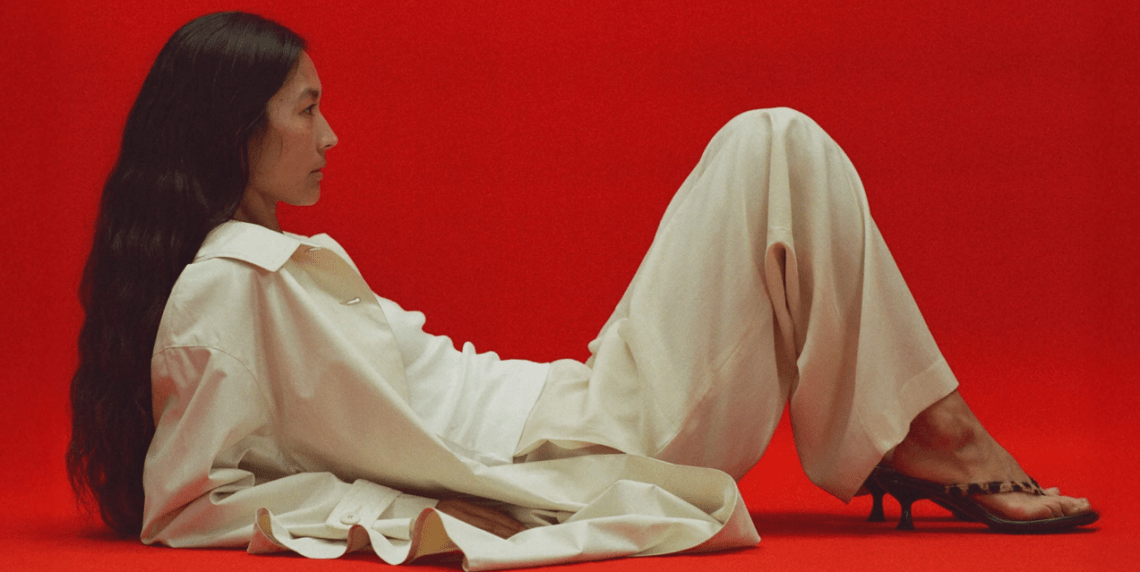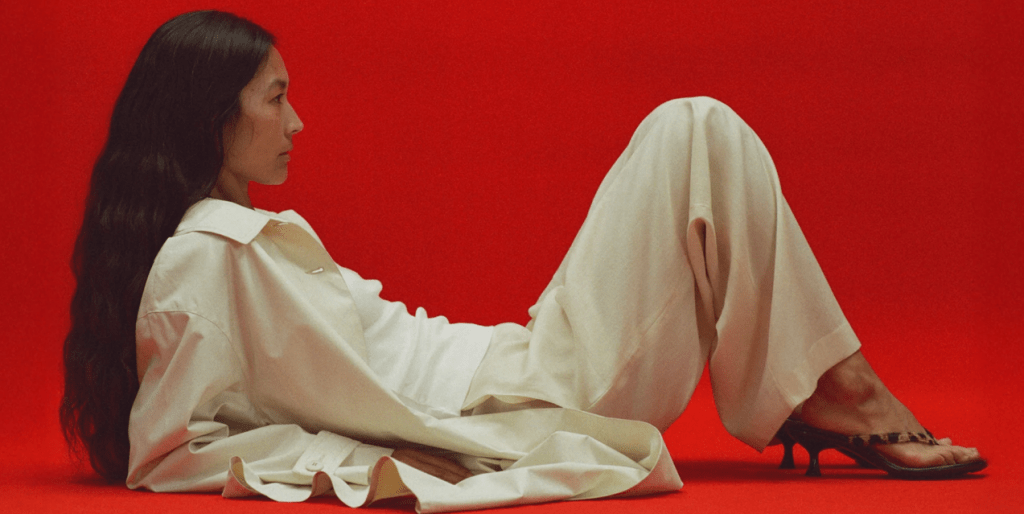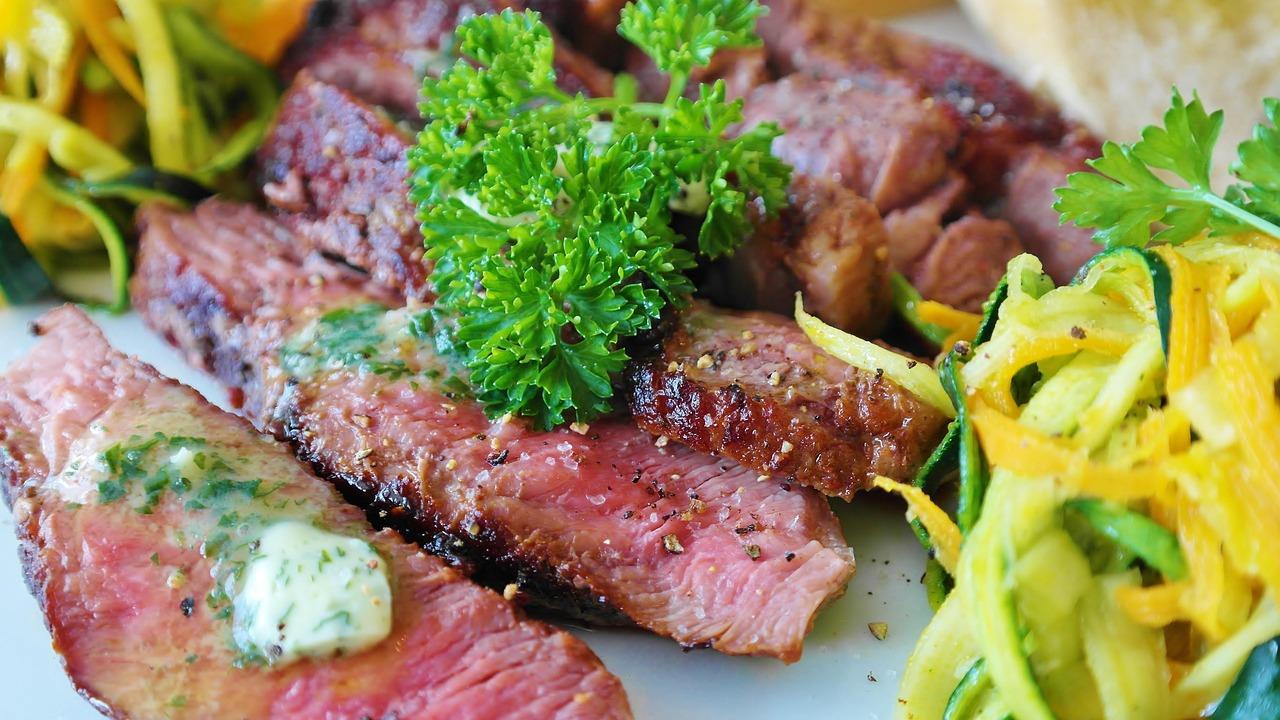
Mansur Gavriel Review: Where Modern Luxury Meets Timeless Design
Discover the Art of Effortless Sophistication
Mansur Gavriel is more than a fashion brand — it’s a celebration of minimalism, craftsmanship, and timeless beauty. Founded in New York in 2012 by Rachel Mansur and Floriana Gavriel, the brand began with a simple idea: create beautifully made accessories that blend modern design with everyday functionality. Their debut bucket bag instantly became a cult favorite, admired for its clean lines, soft Italian leather, and quiet elegance.
Today, Mansur Gavriel continues to shape the world of modern luxury with a full range of handbags, shoes, and ready-to-wear pieces. Each product is thoughtfully designed to accompany women through every stage of life — whether it’s a structured tote for work, ballet flats for city walks, or a delicate clutch for evenings out.
New Arrivals You’ll Fall in Love With
The latest Mansur Gavriel collection captures the essence of understated luxury through minimalist shapes and warm, natural tones. This season’s highlights include:
- Soft M Bag – An elegant reimagining of the classic bucket silhouette, handcrafted from vegetable-tanned Italian leather.
- Cloud Clutch – A ruched masterpiece that transitions effortlessly from day to night.
- Mini Candy Bag – Chic and compact, available in playful pastel colors that brighten any outfit.
- Dream Ballerina Flats – Designed for all-day comfort with a sleek, sculpted toe and soft leather interior.
- Everyday Tote – Spacious, structured, and endlessly versatile, ideal for the modern woman on the go.
Each piece reflects Mansur Gavriel’s devotion to simplicity and sustainability, using responsibly sourced materials that age beautifully over time.
Exclusive Offers & Seasonal Savings
Now is the perfect time to explore Mansur Gavriel’s exclusive online promotions. For a limited time, shoppers can enjoy up to 30% off select handbags, shoes, and accessories. Signing up for the brand’s newsletter unlocks even more — early access to private sales, first looks at new releases, and members-only offers.
With free shipping and returns within the U.S., Mansur Gavriel ensures a stress-free shopping experience. Whether you’re refreshing your wardrobe or searching for a meaningful gift, these special offers make it easier to invest in luxury that lasts.

What Customers Are Saying
Thousands of satisfied customers continue to praise Mansur Gavriel for its craftsmanship and timeless appeal:
“The quality is unmatched — I’ve had my bucket bag for years, and it still looks brand new!” — Caroline D.
“I get compliments every time I wear my Cloud Clutch. It’s effortlessly elegant.” — Megan S.
“Finally, luxury pieces that feel both modern and classic. Worth every penny.” — Jessica L.
These glowing reviews highlight why Mansur Gavriel remains a go-to choice for women seeking luxury with purpose — a brand that values design integrity and emotional connection over fleeting trends.
Why Mansur Gavriel Belongs in Your Wardrobe
What makes Mansur Gavriel so special is its commitment to craftsmanship and conscious luxury. Each item is made in Italy with meticulous attention to detail, using vegetable-tanned leather that softens beautifully with time. The brand’s philosophy — “less, but better” — invites consumers to choose meaningful, high-quality pieces that endure.
Mansur Gavriel doesn’t just create accessories; it crafts emotional experiences. Owning a Mansur Gavriel bag means embracing simplicity, confidence, and quiet sophistication. Every design tells a story — one of artistry, intention, and timeless grace.
Experience the beauty of modern luxury at MansurGavriel.com.
Shop the latest collections, enjoy free shipping and returns, and unlock exclusive offers by joining the newsletter. Let your next investment piece be one that speaks to elegance, sustainability, and lasting value — because true style never fades.
Das könnte dich auch interessieren

Enttäuschung pur – schlechtester Service in Köln
15. Oktober 2024
Versicherungen im Test: Welche lohnt sich wirklich?
31. Mai 2025